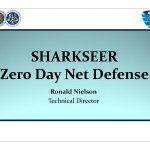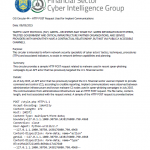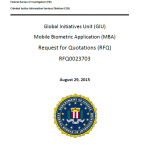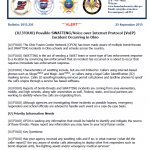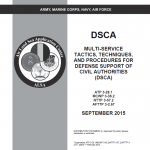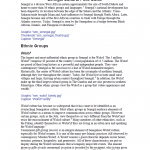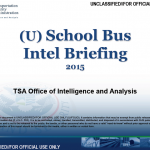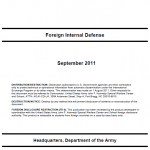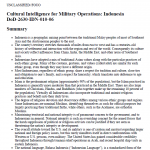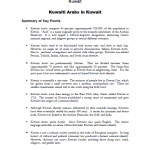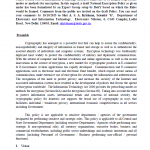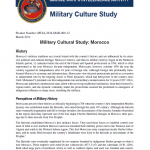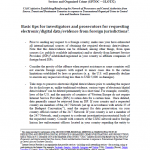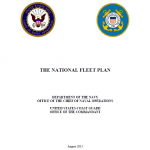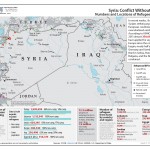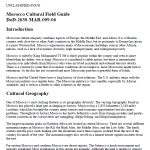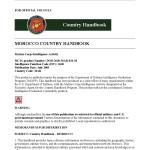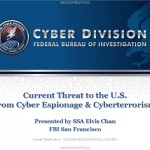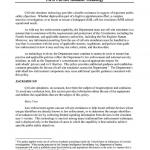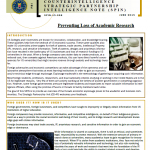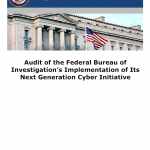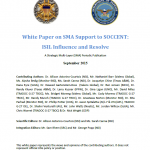
During FY 2014, the SOCCENT Commander requested a short-term effort to understand the psychological, ideological, narrative, emotional, cultural, and inspirational (“intangible”) nature of ISIL. As shown below, the SMA1 team really addressed two related questions: “What makes ISIL attractive?” or how has the idea or ideology of ISIL gained purchase with different demographics; and “What makes ISIL successful?” or which of the organization’s characteristics and which of the tactics it has employed account for its push across Syria and Iraq. The effort produced both high-level results and detailed analyses of the factors contributing to each question. The central finding was this: While military action might degrade or defeat factors that make ISIL successful, it cannot overcome what makes ISIL’s message and idea attractive.

